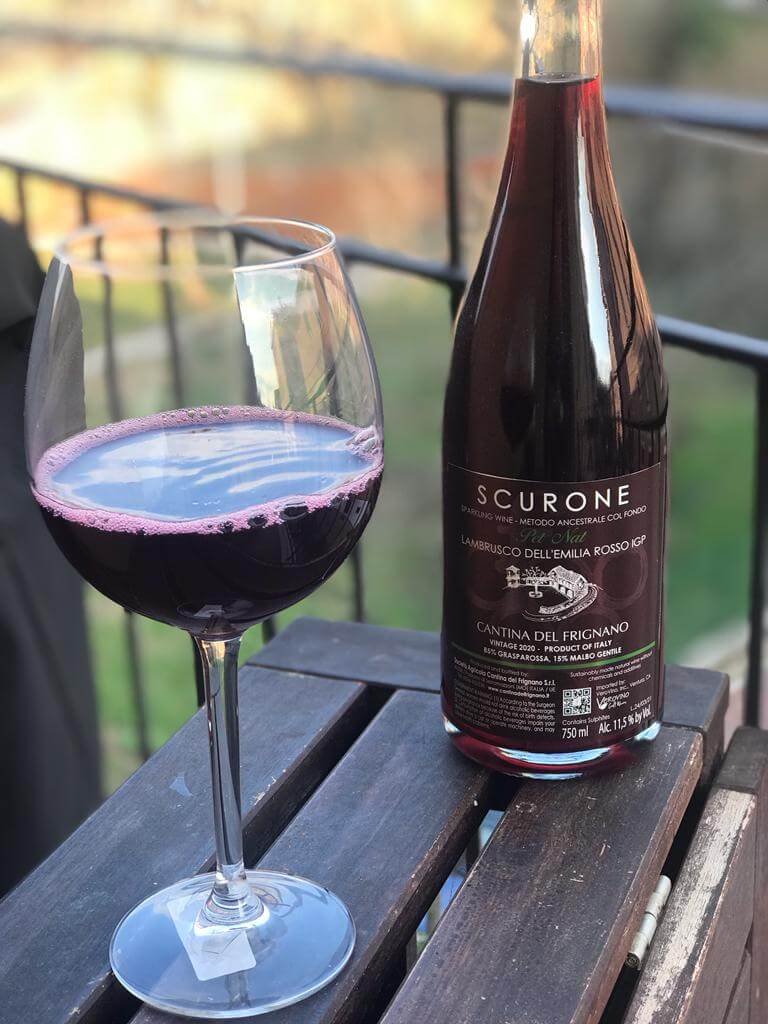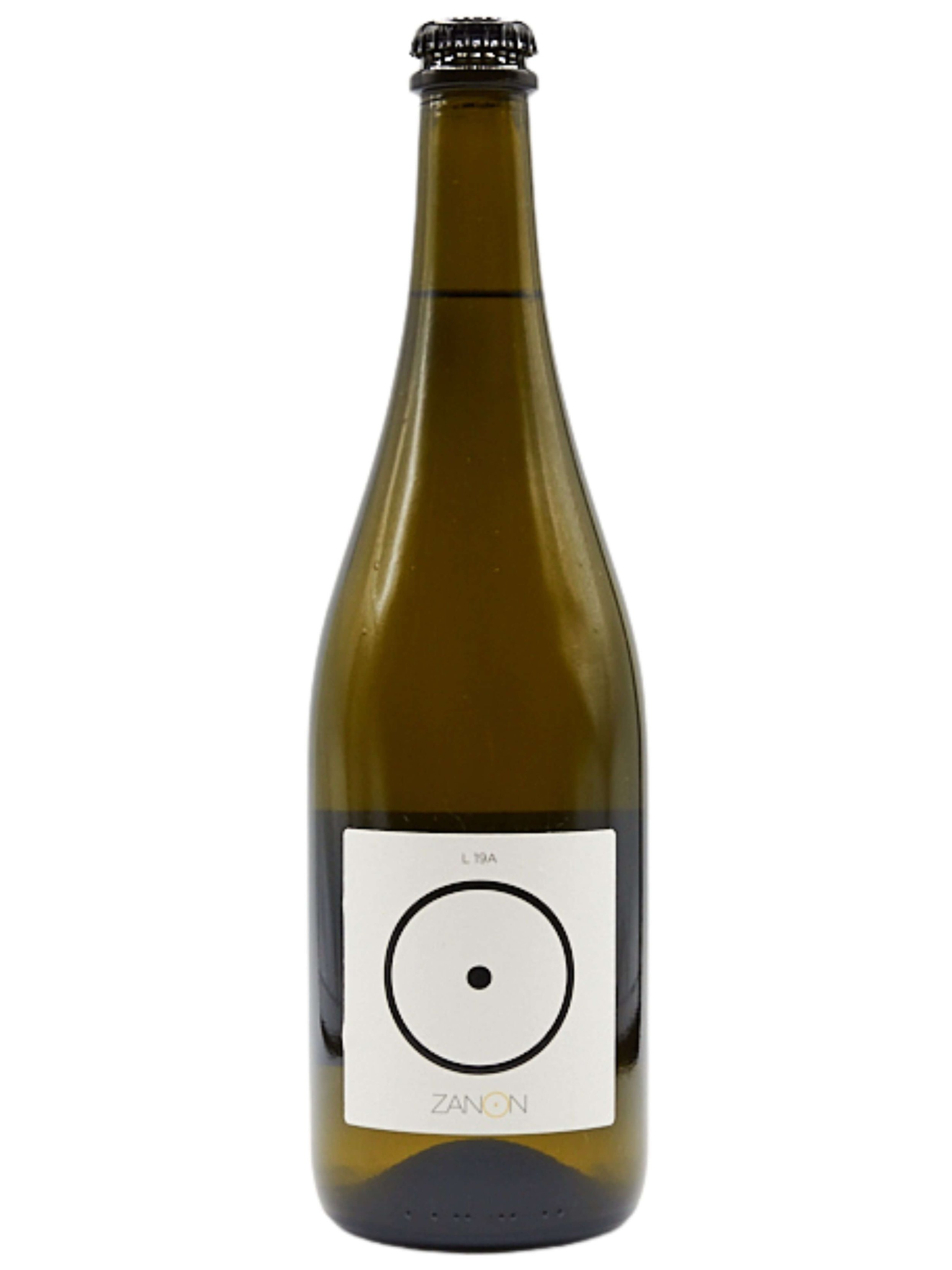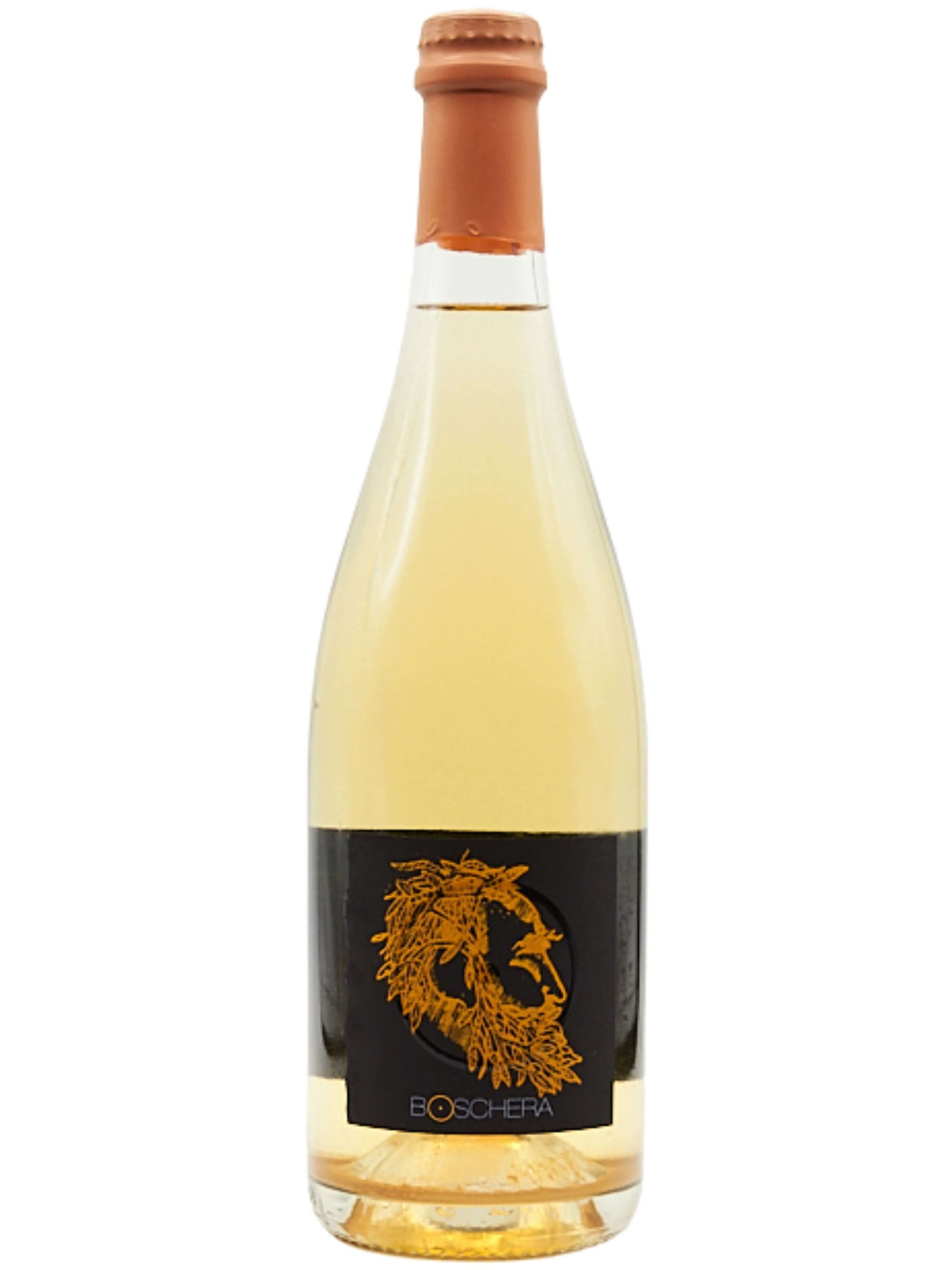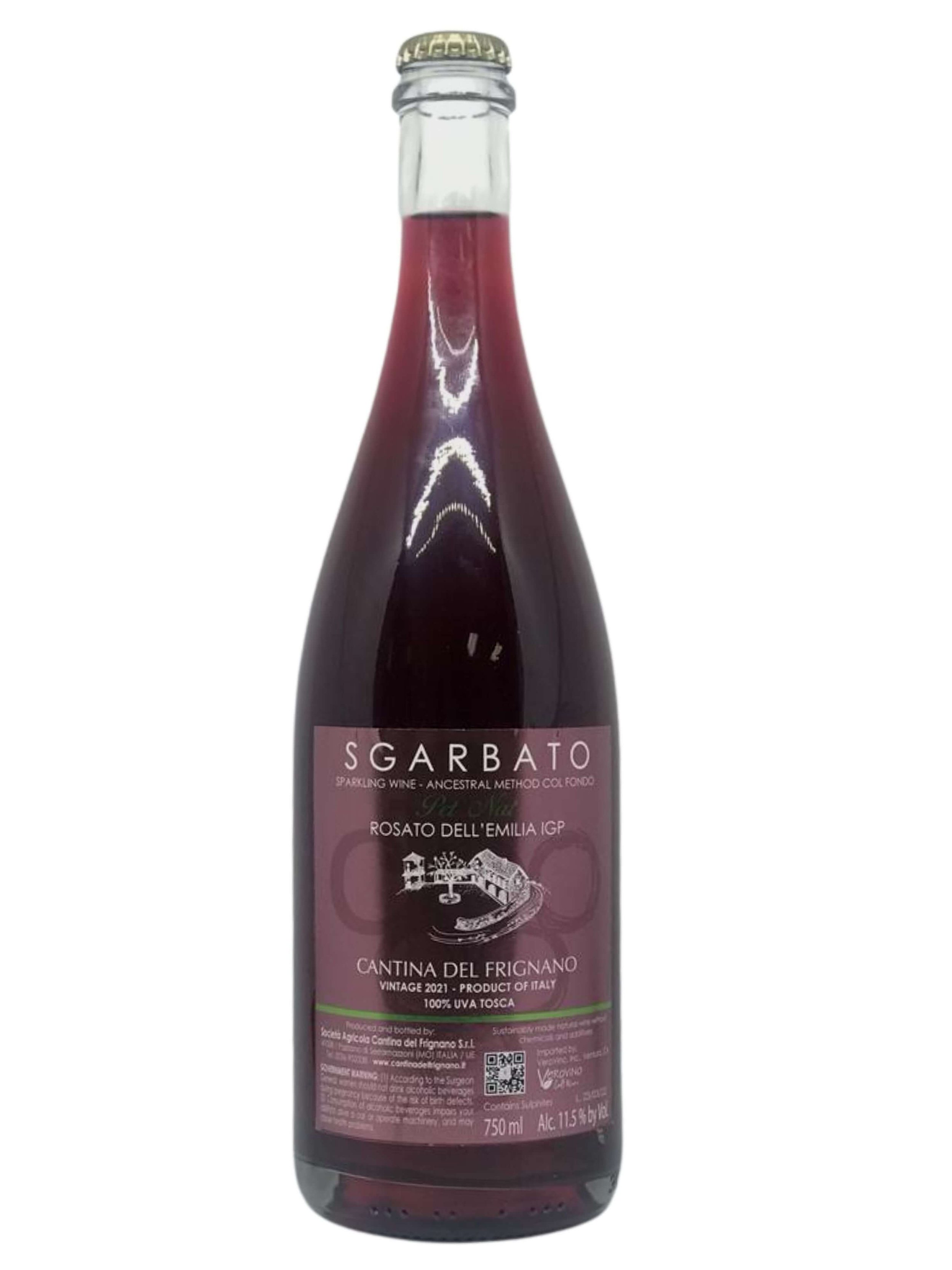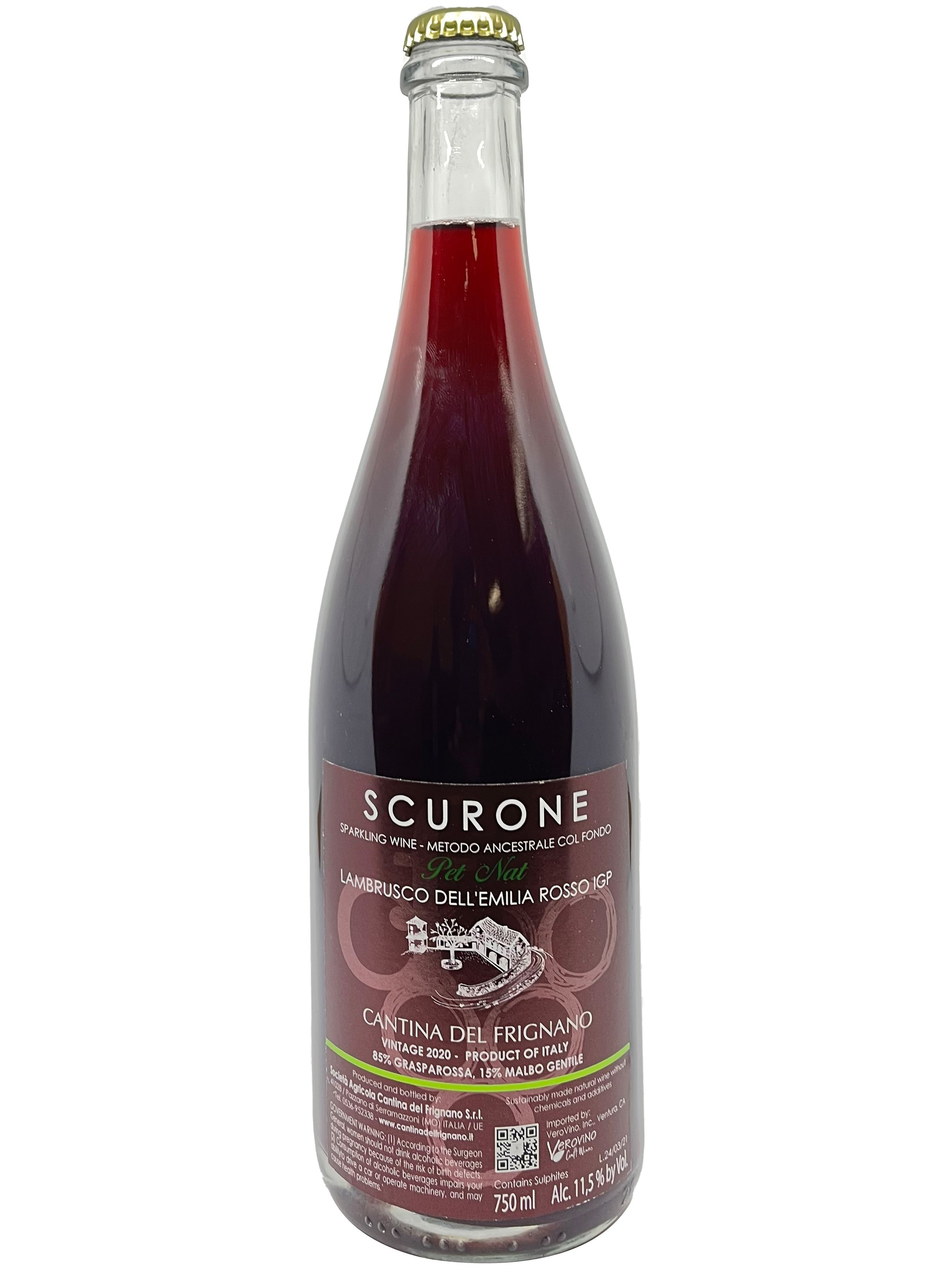Wine for Beer Drinkers
Inspired by the big game day, aka Super Bowl, we got thinking about the cross-overs between wine and beer. is there a middle road to be found… a sweet spot that both beer and wine drinkers can come together to drink? The answer is yes.
Let’s explore some more alternative wines that can be either great introductions to the wine world for a beer lover, or a way to appease both sides of the social drinking spectrum. But before we dive into our recommendations, let’s cover some definition and ground rules.
Wine and beer don’t have to be divisive… they can be interchanged sometimes!
Beer and Wine
Wine and beer seem so different… yet at the same time very similar. At their core they both are created via fermentation, with yeasts converting sugars (or carbohydrates) into alcohol. However, with wine coming from sugar-full grapes and beer coming from starch dense grains, they require different processes before this fermentation. The juice from the grapes can be fermented as-is, after a gentle pressing, and with the higher natural sugar content in grapes, the yeast in wine requires a longer period of time to complete the fermentation (resulting in higher on average alcohol). The grains necessary to make beer cannot be fermented raw, they must be first roasted and cooked in order to convert the starches and carbohydrates into sugars that the yeast can digest.
In general, seeing as beer is based in grains and wine in fruit, it is natural to expect vastly different flavors between the two alcoholic beverages. However, there are many places where they can overlap, specifically in a beer called lambic. From Belgium, it can also be referred to as sour beer, and in England they can be called a sour ale. But what makes a sour beer sour? Well, they are crafted to be more acidic and sour than traditional beers by adding different microbes to the wort (or cooked grains) allowing the beer to be intentionally ‘infected’ by these bacteria, like Brettanomyces (sound familiar?). As well, certain types of lambic or sour beer can be made with added fruits to help dampen the rampant acidity and add a sweet base to the beer. This means that lambics are also a great way for wine lovers to branch out into the beer world.
As a side note, there are many things now becoming an important part of the natural wine discussion that have been present for quite some time in the beer tasting world. As discussed in our previous article on natural wine flaws, two flaws in natural wine are referred to as ‘brett’ (Brettanomyces) and ‘mouse’ (THP). These two bacteria are caused by rouge bacteria, and can be found in some natural wines make with little sulfites and native yeast fermentation. However, they are no stranger to beers either. The term ‘brett’ was coined in the UK, and was named after a British yeast sometimes used in beers in Belgium, and is sometimes considered an important microorganism found in lambics. As well, the retronasal flavor of mouse is often referred to in the artisanal beer scene.
Wine for Beer Lovers… and Why
So what kind of wine should you suggest to beer lover looking to branch out? If we think about flavors in beer, and search for comparable flavors and even textures in the wine world. You can start out by matching bubbles with bubbles. While a fancy champagne or a fresh Prosecco might not be the best comparison for wine vs beer, there is a style of bubbles that are much more similar to beer: pet nat wine. Also known as the ancestral method, this is a sparkling wine refermented in the bottle, but the lees are not disgorged. This creates a unique wine that has a nice sparkle and inviting flavors and complexity. Their carbonation paired with a pleasant but not overwhelming acidity, is very similar to beer, especially artisanal and craft beers.
These pet nat wines, like the Codolà and Il Colfondo (meaning ‘with lees’ in Italian) from Valdobbiadene area where Prosecco is made, are both made with the Prosecco grape glera, but thanks to the retained lees in the bottle, they have a different flavor than traditional Prosecco, making them a great substitution for beer. For a more savory take on these pet nat wines, you can also try boschera, a rare grape that while still not disgorged, has been aged even longer in the bottle before selling, adding extra layers of complexity.
One need not stop at white sparkling wine either. Frignano in Modena, Italy makes lambrusco style red sparkling wines also in the pet nat method. The light red Sgarbato has the pleasant carbonation similar to a beer, but more fruit flavors, like strawberry. Even the darker red, always made pet nat, Scurone is surprising in its similarity to some beers. Both red wines are like pet nat lambruscos, and we consider them similar to darker more sour beers like a Lambic, some of which can even be made with red fruits like raspberries, strawberries, and cherries. The other benefit of choosing a pet nat wine as a substitute for beer is that they are normally lower in alcohol than traditional wines. They may still be higher in alcohol than your usual Bud Light or other beer (for example the wines of Frignano come in at 11.5%), but they are still lower than other red or white wines with 13 or 14% alcohol.
And it need not be sparkling wine in order to satisfy a bubbly beer drinker. A wine like Saturnia Bianco from the natural wine farm La Maliosa is often compared to a sour beer. An orange wine (an extended skin-contact white wine), it is unique in the wine world for its sour beer (and sometimes also called kombucha like) flavors. As well, one could look at wines such as those from Thaya, a winery in the Czech Republic. As we discussed in our article about wines in the Czech Republic (read the full article HERE), the Czech population love beer and have quite the palate for it. As such, when crafting some of their wines, Thaya keeps this origin-story of the drinking population of the Czech Republic in mind and tailor some of their wines to appease the more beer-acquainted drinkers in their demographic.
Convert your beer lovers to wine lovers!
So there you have it… now for your next get together when you are not sure which you guests will prefer… beer or wine… maybe try opting for a wine that could cover both bases!


